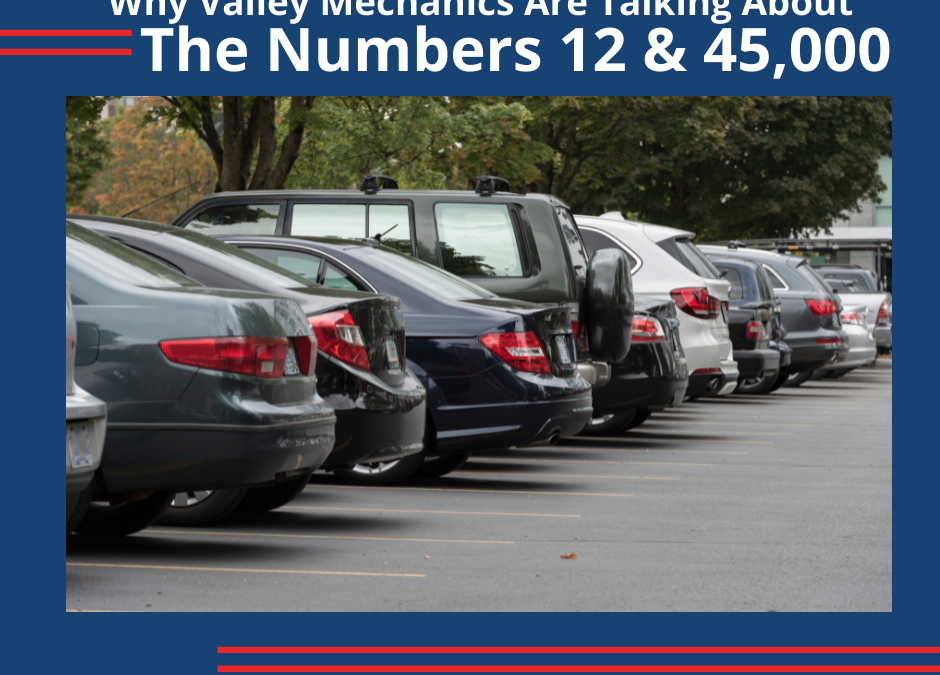You are the first line of defense in avoiding major auto repairs. By being observant around your car you can detect potential problems by using nothing more than your own senses of vision, hearing, smell, and touch. By detecting problems before they become major, the fix will probably be a whole lot less expensive and aggravating.
Part One of this three-part series taught how to detect a likely auto problem by how it Looks Like Trouble. Part Two concentrated on Sounds Like Trouble and Smells Like Trouble. We conclude the series with Part Three: Feels Like Trouble.
Remember, understanding how to detect trouble in your car is not a substitute for doing your routine, scheduled maintenance. Neglect regular maintenance at your own peril – especially with the ultra hot sumer temps and sandy conditions in Phoenix. (see my blog post entitled Understanding Preventive Auto Maintenance and Warranties.)
Feels Like Trouble
When you’re driving, be aware of your car. Difficult handling, a rough ride, vibration and poor performance are symptoms you can feel. They almost always indicate a problem.
Steering
- Difficult Steering or Wandering – Misaligned front wheels and/or worn steering components, such as the idler or ball joint
- Pulling – the vehicle’s tendency to steer to the left or right – can be caused by something as routine as under-inflated tires, or as serious as a damaged or misaligned front end.
Ride and Handling
- Worn shock absorbers or other suspension components – or improper tire inflation – can contribute to poor cornering.
- While there is no hard and fast rule about when to replace shock absorbers or struts, try this test: bounce the vehicle up and down hard at each wheel and then let go. See how many times the vehicle bounces. Weak shocks will allow the vehicle to bounce twice or more.
- Springs do not normally wear out and do not need replacement unless one corner of the vehicle is lower than the others. Overloading your vehicle can damage the springs.
- Balance tires properly. An unbalanced or improperly balanced tire causes a vehicle to vibrate and may wear steering and suspension components prematurely.
Brakes
Brake problems have several symptoms. Schedule diagnosis and repair if:
- The vehicle pulls to one side when the brakes are applied.
- The brake pedal sinks to the floor when pressure is maintained.
- You hear or feel scraping or grinding during braking.
- The “brake” light on the instrument panel is lit.
Engine
The following symptoms indicate engine trouble. Get a diagnosis and schedule the repair.
- Difficulty starting the engine.
- The “check engine” light on the instrument panel is lit (sometimes a loosely replaced gas cap might trigger a check engine light. Remove gas cap and re-install)
- Rough idling or stalling.
- Poor acceleration.
- Poor fuel economy.
- Excessive oil use (more than one quart between changes).
- Engine continues running after the key is removed.
Transmission
Poor transmission performance may come from actual component failure or a simple disconnected hose or plugged filter. Make sure the technician checks the simple items first; transmission repairs normally are expensive. Consult a Qualified Transmission Expert. All NARPRO-certified shops have experienced people on staff who can guide you safely through the process. If an outside expert is needed they have the experience to know which experts are truly the best.
Happy Motoring.







